Home>Articles>How To Install Recessed Lighting Without Attic Access
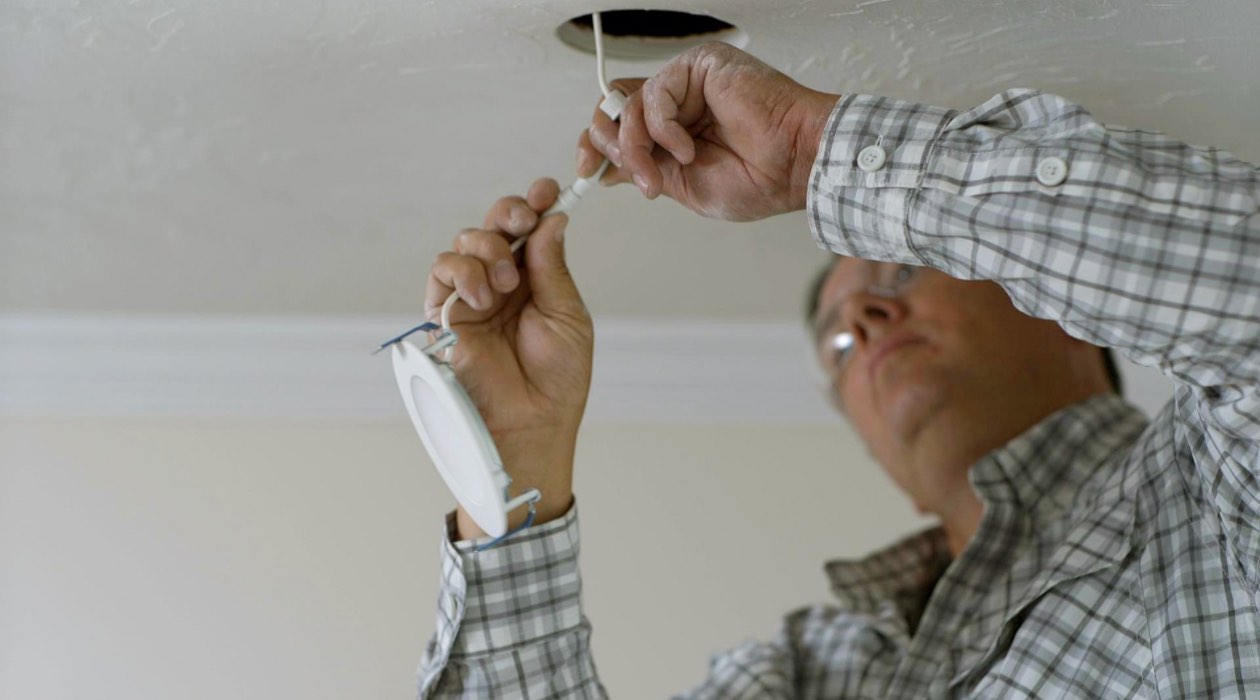

Articles
How To Install Recessed Lighting Without Attic Access
Modified: April 22, 2024
Learn how to install recessed lighting in your home without requiring attic access. Our step-by-step articles guide you through the process, making it easy and convenient.
(Many of the links in this article redirect to a specific reviewed product. Your purchase of these products through affiliate links helps to generate commission for Storables.com, at no extra cost. Learn more)
Introduction
Recessed lighting is a popular choice for homeowners who want a sleek and modern lighting option. It provides a clean and unobtrusive look, as the fixtures are installed inside the ceiling, creating a seamless appearance. However, the installation process may seem daunting, especially if you don’t have attic access. But fear not! With the right tools and techniques, you can successfully install recessed lighting without attic access.
In this comprehensive guide, we will walk you through the step-by-step process of installing recessed lighting without the need for attic access. Whether you want to add recessed lights to a newly constructed room or upgrade your existing lighting fixtures, this guide will provide you with the necessary knowledge to complete the installation with ease.
Before we get started, it’s essential to note that electrical work should always be done by a qualified professional. If you’re not confident in your electrical skills or knowledge, it’s best to hire a licensed electrician to ensure a safe and code-compliant installation. With that said, let’s dive into the required tools and materials for this project.
Key Takeaways:
- Transform your space with sleek and modern recessed lighting fixtures, even without attic access. Follow the step-by-step guide for a seamless and code-compliant installation, enhancing the aesthetics and functionality of any room.
- Enjoy the flexibility and control of recessed lighting, creating a customized lighting experience that brings out the best in your space. Experiment with different bulb options and dimming capabilities to enhance ambiance and versatility.
Required Tools and Materials
Before you begin the installation process, it’s important to gather all the necessary tools and materials. Here’s a list of what you’ll need:
- Recessed light fixtures: Choose the type and style of recessed lights that best suit your needs and preferences. Make sure to select fixtures specifically designed for installation without attic access.
- Tape measure: Accurate measurements are crucial for proper placement and alignment of the recessed lights.
- Stud finder: Use a stud finder to locate ceiling joists and determine the best spots for installing the lights.
- Power drill: You’ll need a power drill with a hole saw attachment to cut holes in the ceiling for the recessed light fixtures.
- Wire strippers: These tools are essential for stripping the insulation from electrical wires.
- Electrical cables: Use non-metallic sheathed electrical cables (also known as Romex) to run the wiring from the power source to the recessed lights.
- Wire connectors: These are used to make electrical connections between the wiring and the recessed light fixtures.
- Electrical tester: An electrical tester is essential for ensuring that the wiring is properly connected and functioning before finalizing the installation.
- Screwdriver: A screwdriver will be needed to secure the recessed light fixtures in place.
- Ladder or scaffold: Depending on the height of your ceiling, you’ll need a ladder or scaffold to safely reach the installation area.
Additionally, you’ll also need some safety equipment, such as gloves and safety goggles, to protect yourself during the installation process. Now that you have all the necessary tools and materials, let’s move on to the first step: planning and preparation.
Step 1: Planning and Preparation
Before you start cutting holes in the ceiling, it’s important to plan the layout for your recessed lights and prepare the electrical wiring. Here’s what you need to do:
Determine the desired layout
Take some time to envision the placement of the recessed lights in the room. Consider factors such as the room’s dimensions, the desired amount of light, and any specific areas you want to highlight. Create a rough sketch or plan to help guide you during the installation process.
Measure and mark the locations for recessed lights
Using your tape measure and the layout plan as a guide, determine the spacing and placement of the recessed lights. Typically, recessed lights are spaced around 4 to 6 feet apart, depending on the size of the room and the desired lighting effect. Use a pencil to mark the center points for each light on the ceiling.
Prepare the electrical wiring
Before you can install the recessed lights, you’ll need to ensure that you have the necessary electrical wiring in place. If you’re working with an existing power source, such as an overhead light fixture, you’ll need to run electrical cables from that source to each light location. Measure and cut the appropriate lengths of electrical cable, leaving some extra length for connections.
Remember to turn off the power to the existing light fixture before working with the electrical wiring. If you’re not confident in your electrical skills, it’s best to hire a licensed electrician to handle this step.
Once you have prepared the electrical wiring and marked the locations for the recessed lights, you’re ready to move on to the next step: cutting holes for the lights in the ceiling.
Step 2: Cut Holes for Recessed Lights
Now that you have planned the layout and prepared the electrical wiring, it’s time to cut the holes in the ceiling for the recessed light fixtures. Follow these steps:
Use a stud finder to locate ceiling joists
Start by using a stud finder to locate the ceiling joists in the area where you’ll be installing the recessed lights. This will help you determine the best spots to cut the holes without interfering with the structural integrity of the ceiling. Mark the locations of the joists using a pencil.
Mark and cut holes for the recessed light fixtures
Using the center points you marked earlier for each light, measure the diameter of the recessed light fixtures. Transfer these measurements onto the ceiling, ensuring that they align with the joist locations. Use a power drill with a hole saw attachment to cut the holes for the recessed lights. Take your time and work carefully to ensure clean and precise cuts.
Make sure to refer to the manufacturer’s instructions for the specific size of the hole needed for your recessed light fixtures. This will vary depending on the type and size of the fixtures you are installing.
Once you have cut the holes, remove any excess debris and ensure that the holes are clean and smooth. With the holes cut, you’re now ready to move on to the next step: installing the wiring for the recessed lights.
Step 3: Install Wiring for Recessed Lights
With the holes cut for the recessed lights, it’s time to install the wiring. Follow these steps to ensure a proper installation:
Run electrical cables from the existing power source to each light location
If you’re working with an existing power source, such as an overhead light fixture, you’ll need to run electrical cables from that source to each recessed light location. Begin by determining the best route to run the cables, which should follow the path of the ceiling joists if possible. Use clips or staples to secure the cables in place, keeping them neatly tucked and away from any potential obstructions.
Connect the wiring to the recessed light fixtures
At each recessed light location, strip the ends of the electrical cables to expose the wires. Follow the manufacturer’s instructions for your specific recessed light fixtures to determine the type of wiring connections needed. Typically, these connections involve using wire connectors to join the wires together.
You’ll typically have three wires to connect: the black (hot) wire, the white (neutral) wire, and the green or bare copper (ground) wire. Connect the corresponding wires from the electrical cable to the wires on the recessed light fixture, ensuring a secure connection.
Before proceeding, double-check all your connections to ensure they are securely fastened and properly insulated. It’s also a good idea to test the wiring connections with an electrical tester to ensure they are working correctly.
With the wiring installed and connected for each recessed light, you’re now ready to move on to the next step: mounting and securing the recessed light fixtures.
Step 4: Mount and Secure Recessed Light Fixtures
Now that the wiring is in place, it’s time to mount and secure the recessed light fixtures. Follow these steps for a successful installation:
Install the housing and trims of the recessed lights
Begin by inserting the housing of the recessed light fixture into the hole you cut in the ceiling. The housing should fit snugly into the hole, with the flanges resting on the surface of the ceiling. Make sure the housing is positioned correctly and aligned with the surrounding ceiling.
Next, attach the trim of the recessed light fixture to the housing. This trim is the visible part of the fixture that sits flush with the ceiling. Follow the manufacturer’s instructions for your specific fixtures to ensure proper installation and alignment of the housing and trim.
Ensure proper alignment and secure the fixtures in place
Once the housing and trim are in place, make sure the recessed light fixtures are properly aligned and positioned. Adjust as necessary to achieve the desired lighting effect and aesthetic appeal.
On the inside of the fixture, you’ll find built-in clips or other mechanisms for securing the housing to the ceiling. Follow the manufacturer’s instructions to engage these clips and secure the fixtures in place. Apply gentle pressure to ensure a tight fit between the housing and the ceiling.
With the fixtures mounted and secured, you have completed the installation of the recessed light fixtures. However, before moving on, it’s important to double-check all connections and conduct a thorough test of the wiring.
In the next step, we will connect and test the wiring to ensure everything is functioning correctly.
Step 5: Connect and Test the Wiring
With the recessed light fixtures mounted and secured, it’s time to connect and test the wiring. Follow these steps to ensure everything is connected properly and functioning as expected:
Make electrical connections using wire connectors
Start by double-checking all the wiring connections inside each recessed light fixture. Ensure that the black (hot), white (neutral), and green or bare copper (ground) wires are securely connected using wire connectors. Make sure there are no loose, exposed, or frayed wires.
Inspect each connection carefully, ensuring that the wires are securely fastened, properly insulated, and free of any damage. If necessary, trim any excess wire length, leaving enough for a secure connection.
Test the wiring and check for proper functionality
Before proceeding, it’s crucial to test the wiring to ensure everything is functioning correctly. Turn on the power to the recessed light fixtures and use an electrical tester to check for voltage at each fixture. Confirm that the black wire is carrying the current, the white wire is neutral, and the ground wire is properly grounded.
Once you have confirmed that the wiring is functioning as expected, test the recessed light fixtures themselves. Turn on the light switch or control mechanism for the fixtures and verify that they illuminate properly.
If any issues arise during the testing process, double-check the wiring connections and consult the manufacturer’s instructions. It’s also a good idea to consult a licensed electrician for troubleshooting and further assistance if necessary.
With the wiring connected and tested, and the recessed light fixtures working correctly, you have successfully installed recessed lighting without attic access. However, before completing the installation, there is one more step: attaching the trim and finishing touches.
Step 6: Attach Trim and Finish the Installation
With the wiring tested and the recessed light fixtures functioning properly, it’s time to add the finishing touches to complete the installation. Follow these steps to attach the trim and achieve the desired light distribution:
Install the trim rings or baffles on the recessed light fixtures
Begin by selecting the appropriate trim rings or baffles for your recessed light fixtures. Trim rings come in various styles and finishes, allowing you to customize the appearance of your lights. Baffles are designed to control and direct the light output for a more focused or diffused effect.
Follow the manufacturer’s instructions to install the trim rings or baffles onto the recessed light fixtures. Most trims simply snap into place, while others may require screws or other fasteners for secure attachment. Take your time to ensure that the trims are properly installed and aligned with the surrounding ceiling.
Adjust and position the trims for desired light distribution
Once the trim is installed, you can adjust and position it to achieve the desired light distribution. Some trims allow you to control the direction of the light beam, while others may have adjustable baffles or flanges that can be moved to modify the lighting effect.
Experiment with different positions and angles to find the best lighting configuration for your space. Consider the room’s layout, function, and ambiance, as well as any specific areas or objects you want to highlight.
After adjusting the trims, step back and assess the overall lighting effect. Make any necessary tweaks to achieve the desired lighting outcome.
With the trims adjusted and positioned to your liking, you have completed the installation of recessed lighting without attic access. Enjoy the sleek and modern look of your new lighting fixtures, and bask in the enhanced illumination they provide.
Remember to follow appropriate safety precautions and consult a licensed electrician if you have any concerns or questions during the installation process. Now, sit back, relax, and enjoy your beautifully lit space!
Read more: How To Access Attic
Conclusion
Congratulations! You have successfully installed recessed lighting without the need for attic access. By following the step-by-step guide outlined in this article, you have transformed your space with sleek and modern lighting fixtures.
Throughout the installation process, you have learned how to plan and prepare for the installation, cut holes in the ceiling, install the wiring, mount and secure the recessed light fixtures, connect and test the wiring, and attach the trim for a finished look.
Remember, when working with electrical wiring, it’s important to prioritize safety. If you are not confident in your electrical skills or knowledge, it is always best to consult a licensed electrician to ensure a safe and code-compliant installation.
Recessed lighting provides a clean and unobtrusive lighting option that can enhance the aesthetics and functionality of any room. Whether you’re adding recessed lights to a newly constructed space or upgrading your existing lighting fixtures, the end result is a seamless and modern lighting solution.
Enjoy the flexibility and control that recessed lighting brings to your home. Whether you want to create a cozy and intimate atmosphere or illuminate specific areas for task lighting, recessed lighting allows you to easily achieve your desired lighting effects.
Take the time to experiment with different bulb options and dimming capabilities to further enhance the ambiance and versatility of your recessed lighting. With the right combination of trim, bulb choices, and positioning, you can create a customized lighting experience that brings out the best in your space.
Now that you have successfully completed the installation, sit back, relax, and enjoy the modern and sophisticated lighting style that recessed lighting brings to your home.
Frequently Asked Questions about How To Install Recessed Lighting Without Attic Access
Was this page helpful?
At Storables.com, we guarantee accurate and reliable information. Our content, validated by Expert Board Contributors, is crafted following stringent Editorial Policies. We're committed to providing you with well-researched, expert-backed insights for all your informational needs.
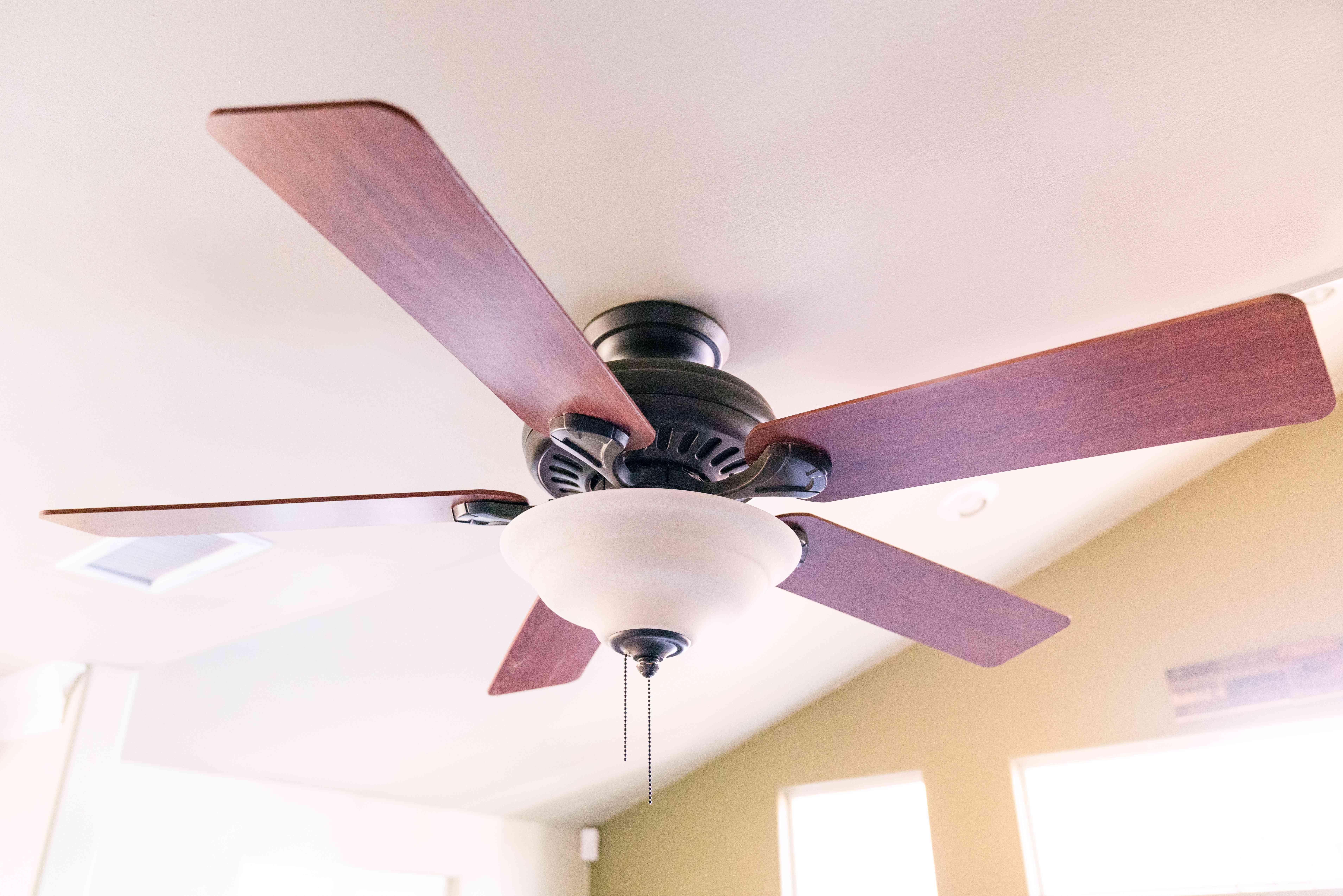
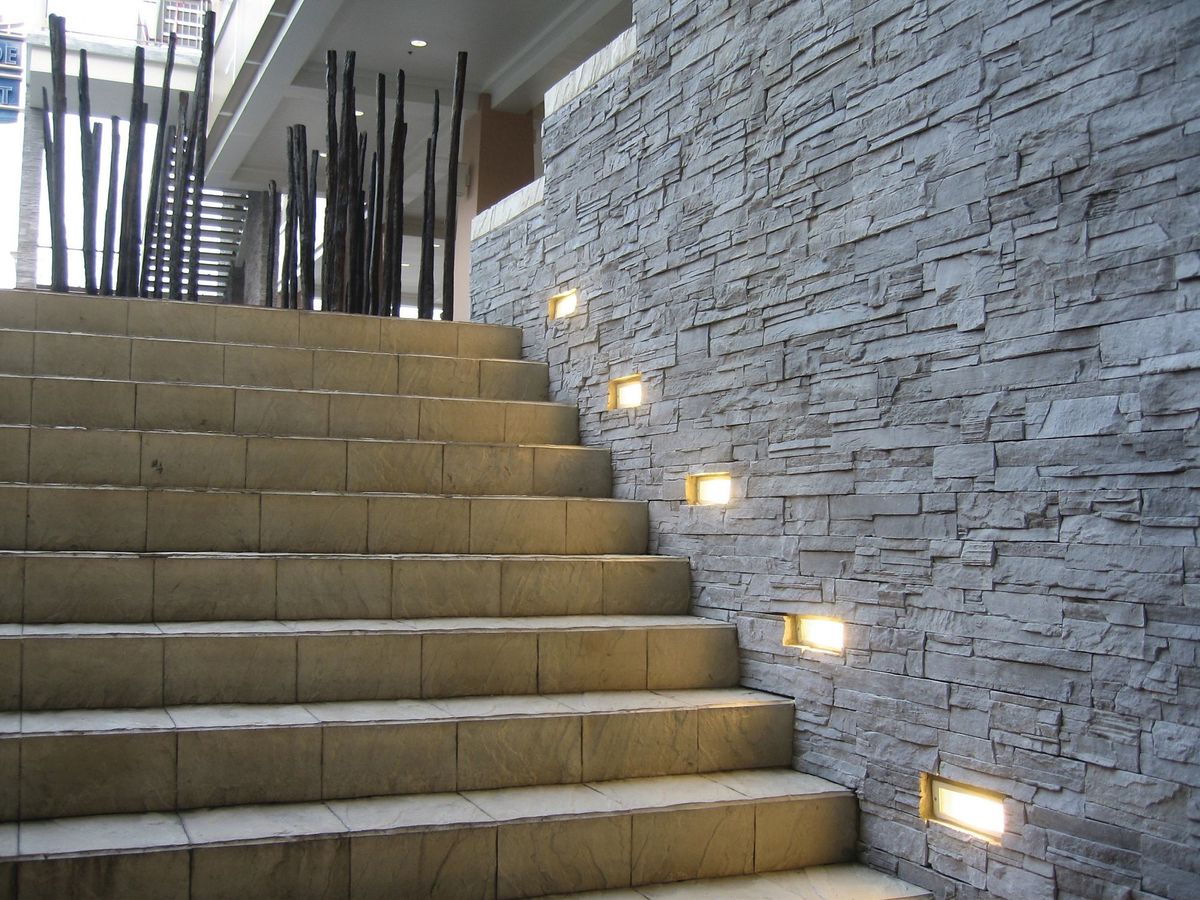
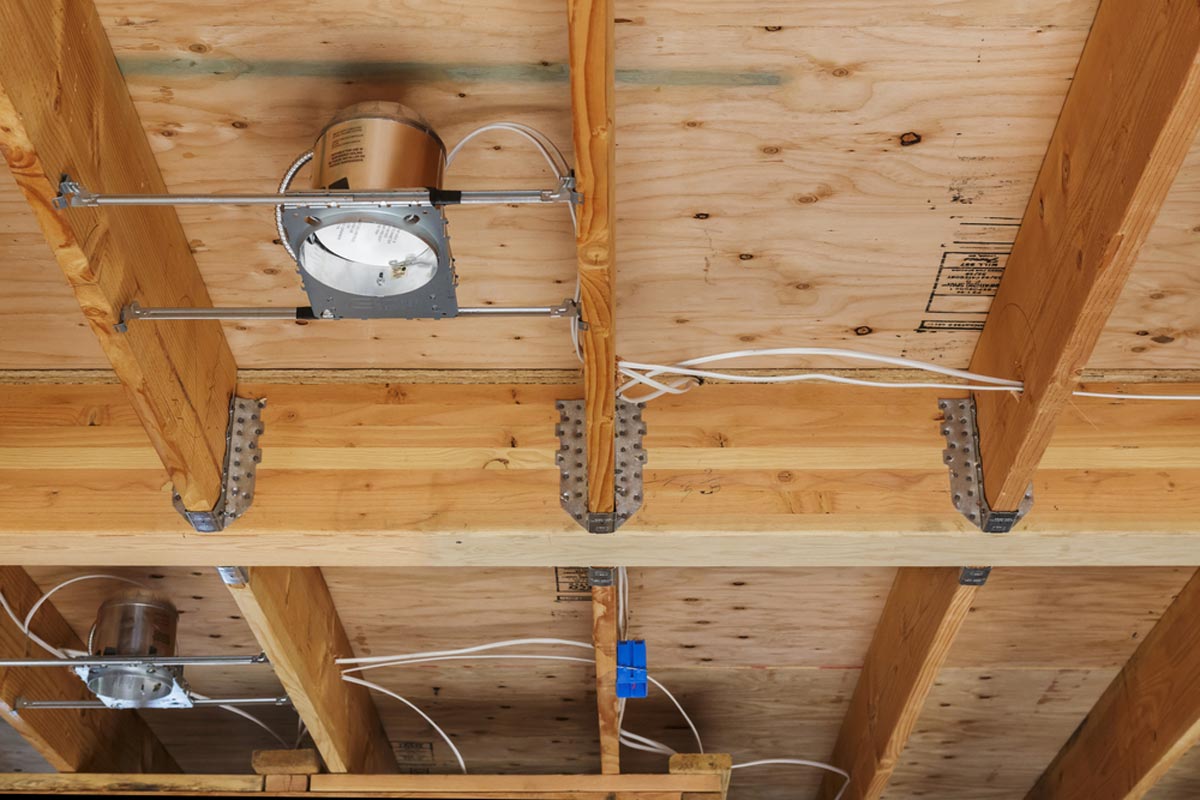
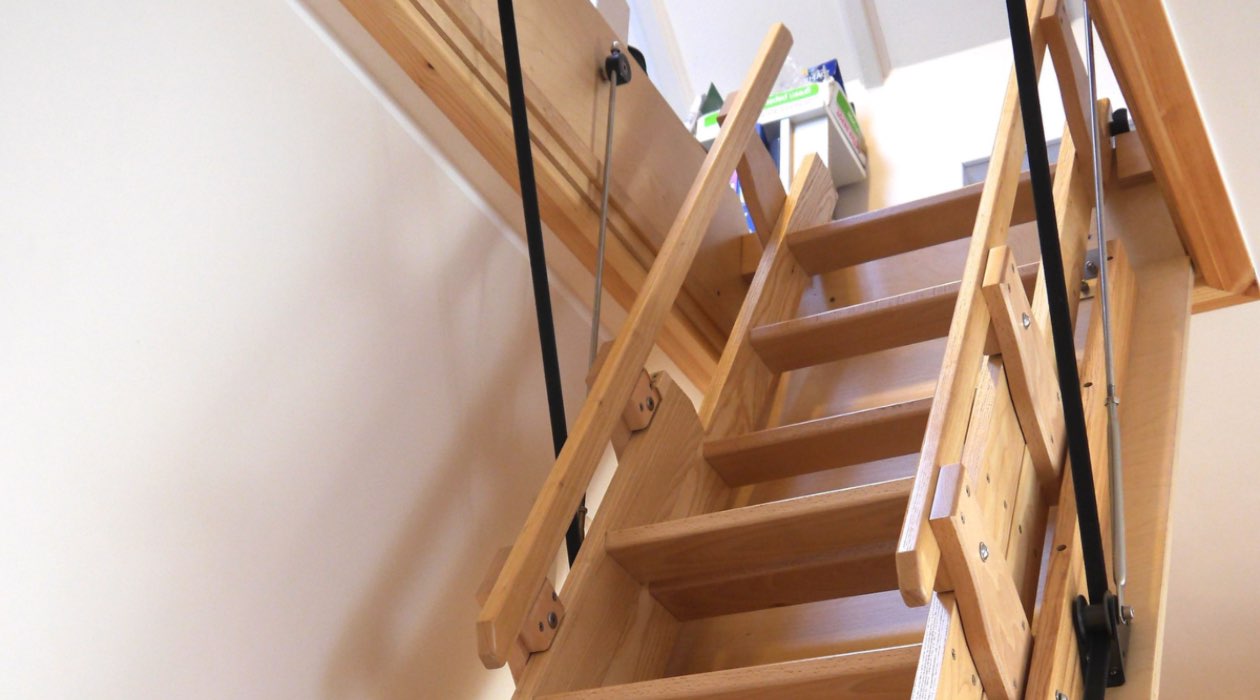
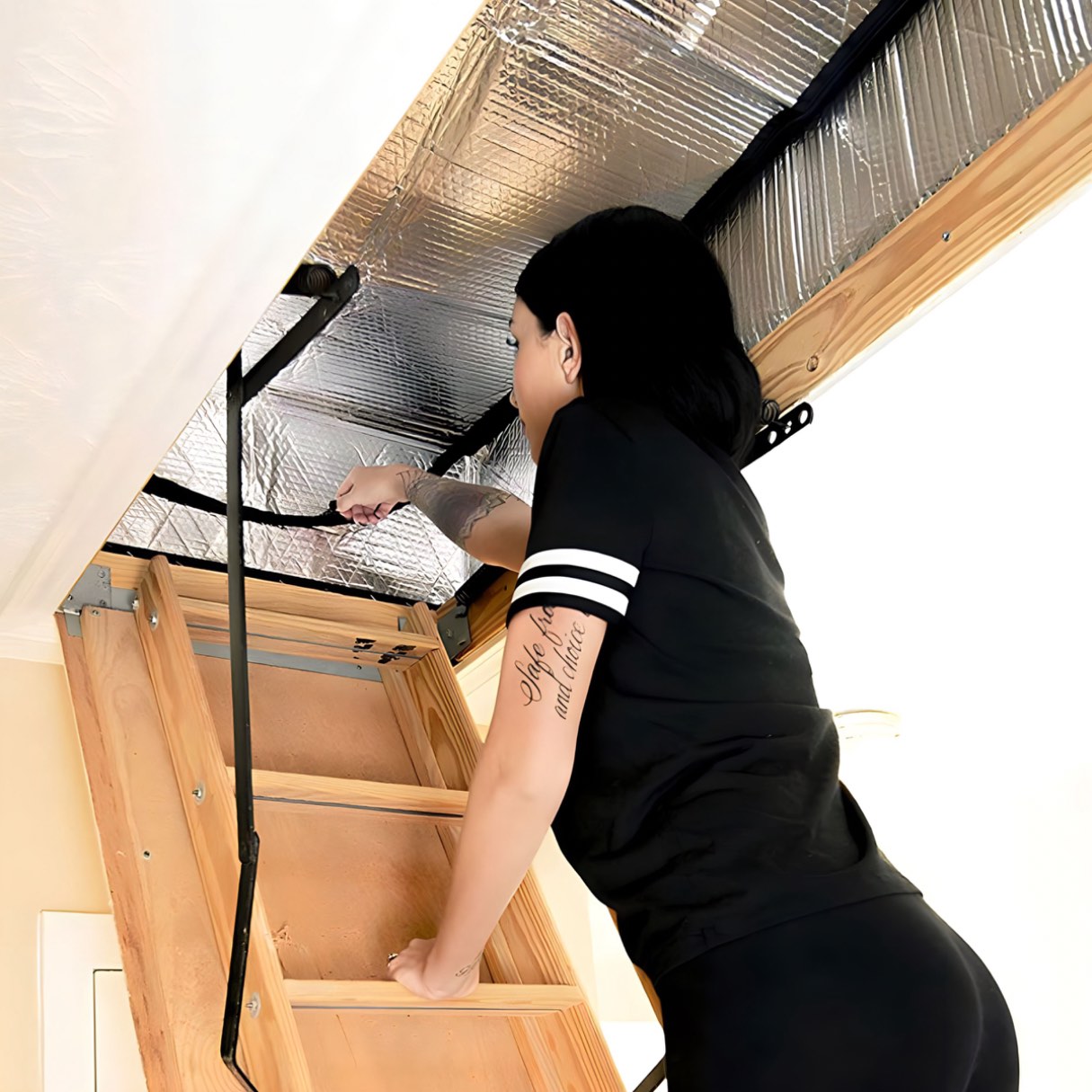
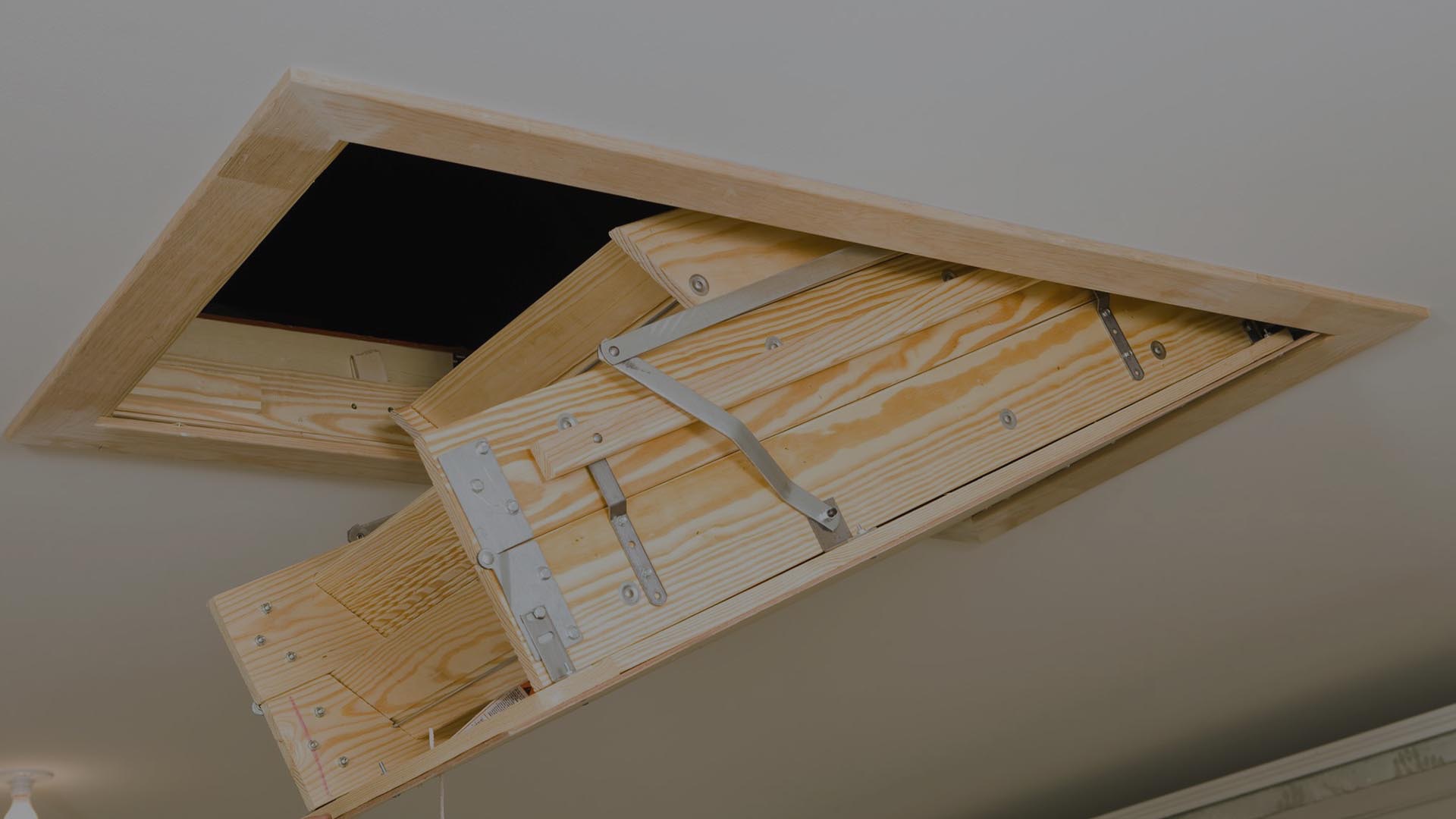
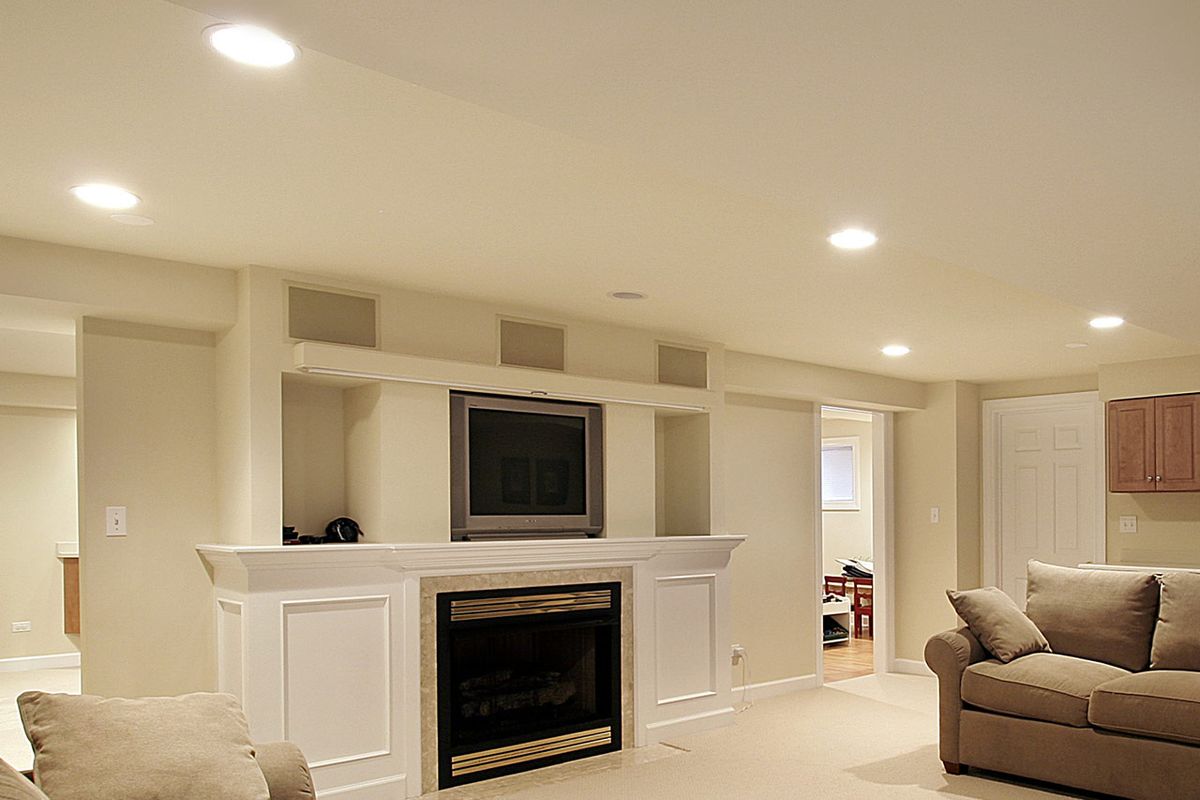
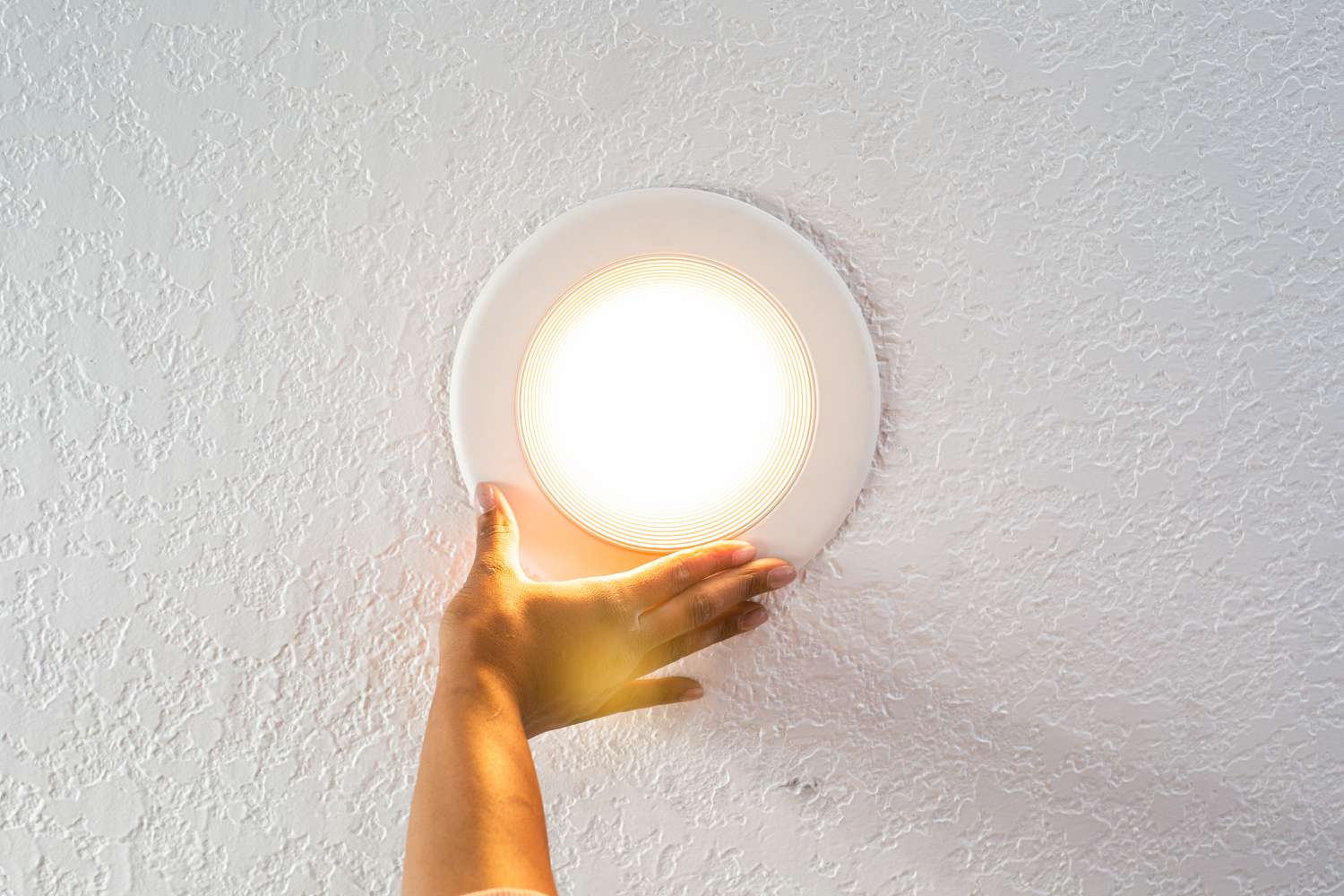
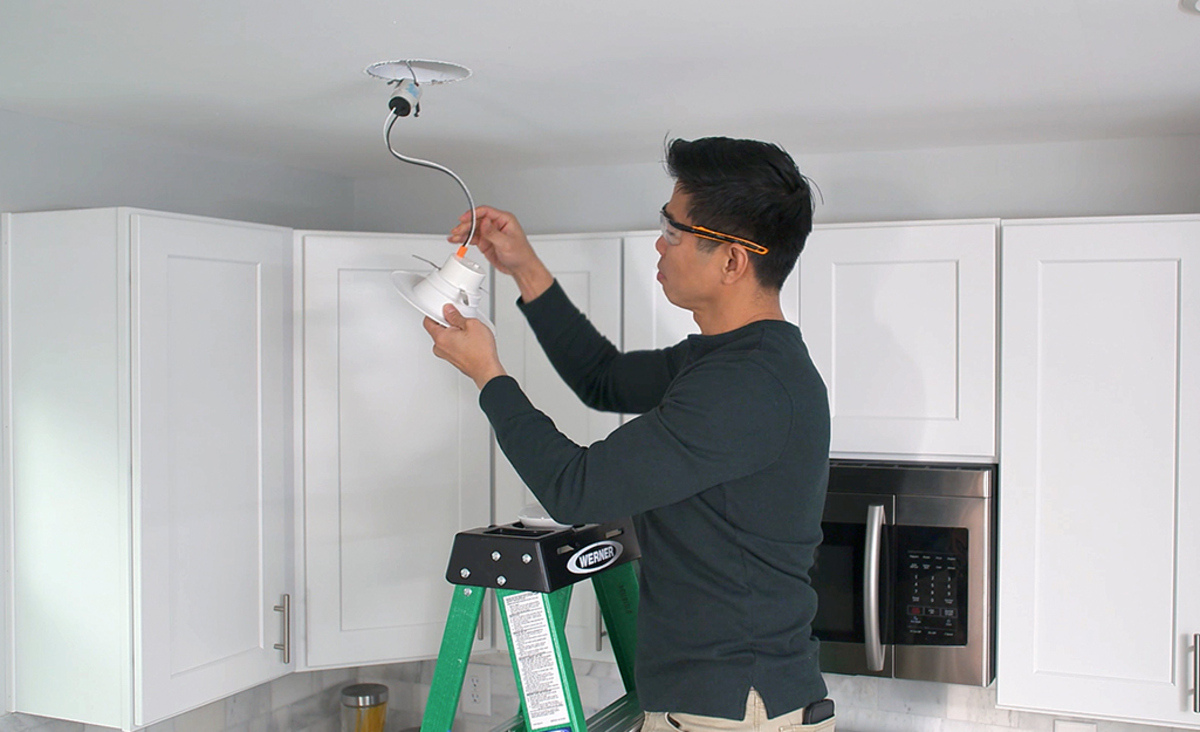
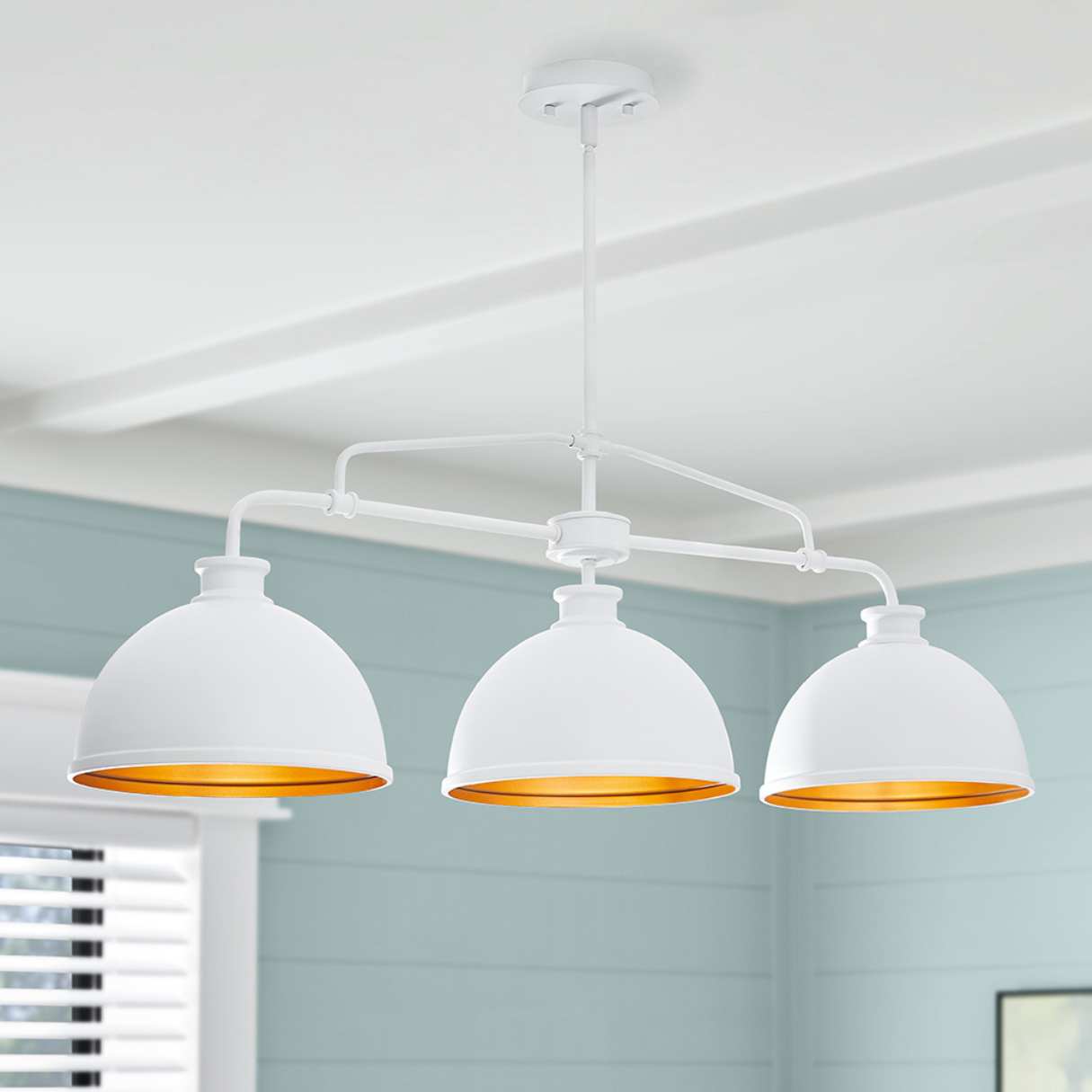

0 thoughts on “How To Install Recessed Lighting Without Attic Access”